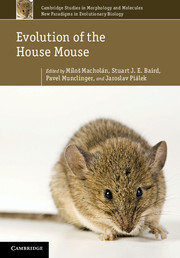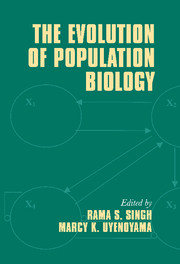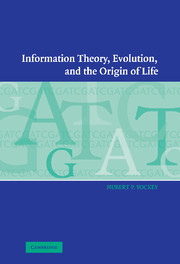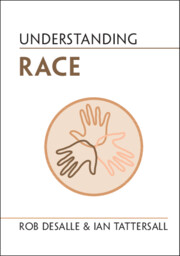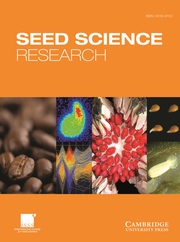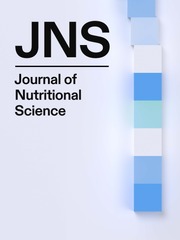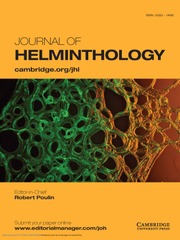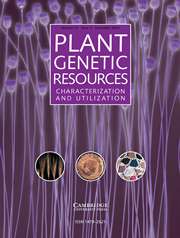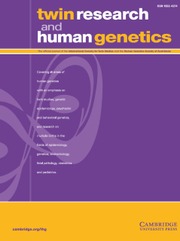Evolution of the House Mouse
$131.00 (C)
Part of Cambridge Studies in Morphology and Molecules: New Paradigms in Evolutionary Bio
- Editors:
- Miloš Macholán, Academy of Sciences of the Czech Republic
- Stuart J. E. Baird, University of Porto, Portugal
- Pavel Munclinger , Charles University, Prague
- Jaroslav Piálek, Academy of Sciences of the Czech Republic
- Date Published: August 2012
- availability: Available
- format: Hardback
- isbn: 9780521760669
$
131.00
(C)
Hardback
Other available formats:
eBook
Looking for an examination copy?
This title is not currently available for examination. However, if you are interested in the title for your course we can consider offering an examination copy. To register your interest please contact [email protected] providing details of the course you are teaching.
-
The house mouse is the source of almost all genetic variation in laboratory mice; its genome was sequenced alongside that of humans, and it has become the model for mammalian speciation. Featuring contributions from leaders in the field, this volume provides the evolutionary context necessary to interpret these patterns and processes in the age of genomics. The topics reviewed include mouse phylogeny, phylogeography, origins of commensalism, adaptation, and dynamics of secondary contacts between subspecies. Explorations of mouse behavior cover the nature of chemical and ultrasonic signalling, recognition, and social environment. The importance of the mouse as an evolutionary model is highlighted in reviews of the first described example of meiotic drive (t-haplotype) and the first identified mammalian speciation gene (Prdm9). This detailed overview of house mouse evolution is a valuable resource for researchers of mouse biology as well as those interested in mouse genetics, evolutionary biology, behavior, parasitology, and archaeozoology.
Read more- Leaders in the field provide the evolutionary context necessary to interpret patterns and processes in the age of mouse genomics
- Covers a wide range of topics, making it a valuable resource for students of house mouse biology as well as those interested in mouse genetics, evolutionary biology, biomedicine and behavioural sciences
- Provides a snapshot of the latest research in this dynamic and rapidly advancing field
Customer reviews
Not yet reviewed
Be the first to review
Review was not posted due to profanity
×Product details
- Date Published: August 2012
- format: Hardback
- isbn: 9780521760669
- length: 548 pages
- dimensions: 254 x 180 x 29 mm
- weight: 1.25kg
- contains: 78 b/w illus. 24 colour illus. 17 tables
- availability: Available
Table of Contents
List of contributors
Foreword: mice and (wo)men: an evolving relationship R. J. Berry
Preface
1. The house mouse and its relatives: systematics and taxonomy Jean-Christophe Auffray and Janice Britton-Davidian
2. Phylogeny and biogeography of the genus Mus in Eurasia Hitoshi Suzuki and Ken P. Aplin
3. On the origin of the house mouse synanthropy and dispersal in the Near East and Europe: zooarchaeological review and perspectives Thomas Cucchi, Jean-Christophe Auffray and Jean-Denis Vigne
4. Origin and genetic status of Mus musculus molossinus: a typical example of reticulate evolution in the genus Mus Hiromichi Yonekawa, Jun J. Sato, Hitoshi Suzuki and Kazuo Moriwaki
5. The complex social environment of female house mice (Mus domesticus) Barbara König and Anna K. Lindholm
6. Development of the mouse mandible: a model system for complex morphological structures Christian Peter Klingenberg and Nicolas Navarro
7. Recognition of subspecies status mediated by androgen-binding protein (ABP) in the evolution of incipient reinforcement on the European house mouse hybrid zone Christina M. Laukaitis and Robert C. Karn
8. Mechanisms of chemical communication Pavel Stopka, Romana Stopková and Kateřina Janotová
9. The evolution of MHC diversity in house mice Dustin J. Penn and Kerstin Musolf
10. Ultrasonic vocalizations in house mice: a cryptic mode of acoustic communication Kerstin Musolf and Dustin J. Penn
11. House mouse phylogeography François Bonhomme and Jeremy B. Searle
12. The mouse t-haplotype: a selfish chromosome – genetics, molecular mechanism and evolution Bernhard G. Herrmann and Hermann Bauer
13. Tracing recent adaptations in natural populations of the house mouse Meike Teschke, Anna Büntge and Diethard Tautz
14. What can the Mus musculus musculus/M. m. domesticus hybrid zone tell us about speciation? Stuart J. E. Baird and Miloš Macholán
15. Behaviour, ecology and speciation in the house mouse Guila Ganem
16. Chromosomal hybrid zones in the house mouse Heidi C. Hauffe, Mabel D. Giménez and Jeremy B. Searle
17. The role of the X chromosome in house mouse speciation Ayako Oka and Toshihiko Shiroishi
18. New insights into parasitism in the house mouse hybrid zone Joëlle Goüy de Bellocq, Alexis Ribas and Stuart J. E. Baird
19. Hybrid male sterility genes in the mouse subspecific crosses Jiří Forejt, Jaroslav Piálek and Zdeněk Trachtulec
20. Linkage disequilibrium approaches for detecting hybrid zone movement: a study of the house mouse hybrid zone in southern Bavaria Priscilla K. Tucker, Liuyang Wang, Ken Luzynski and Katherine Teeter
Index.
Sorry, this resource is locked
Please register or sign in to request access. If you are having problems accessing these resources please email [email protected]
Register Sign in» Proceed
You are now leaving the Cambridge University Press website. Your eBook purchase and download will be completed by our partner www.ebooks.com. Please see the permission section of the www.ebooks.com catalogue page for details of the print & copy limits on our eBooks.
Continue ×Are you sure you want to delete your account?
This cannot be undone.
Thank you for your feedback which will help us improve our service.
If you requested a response, we will make sure to get back to you shortly.
×
